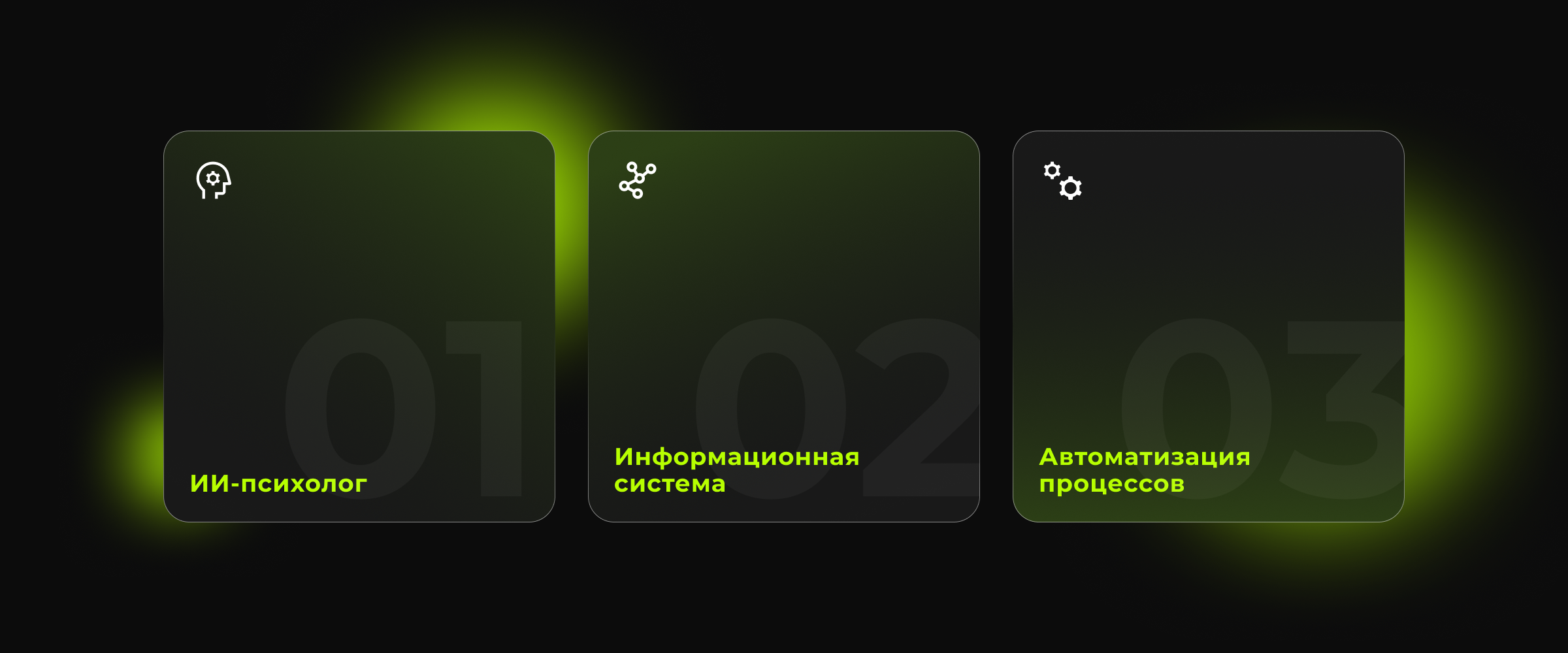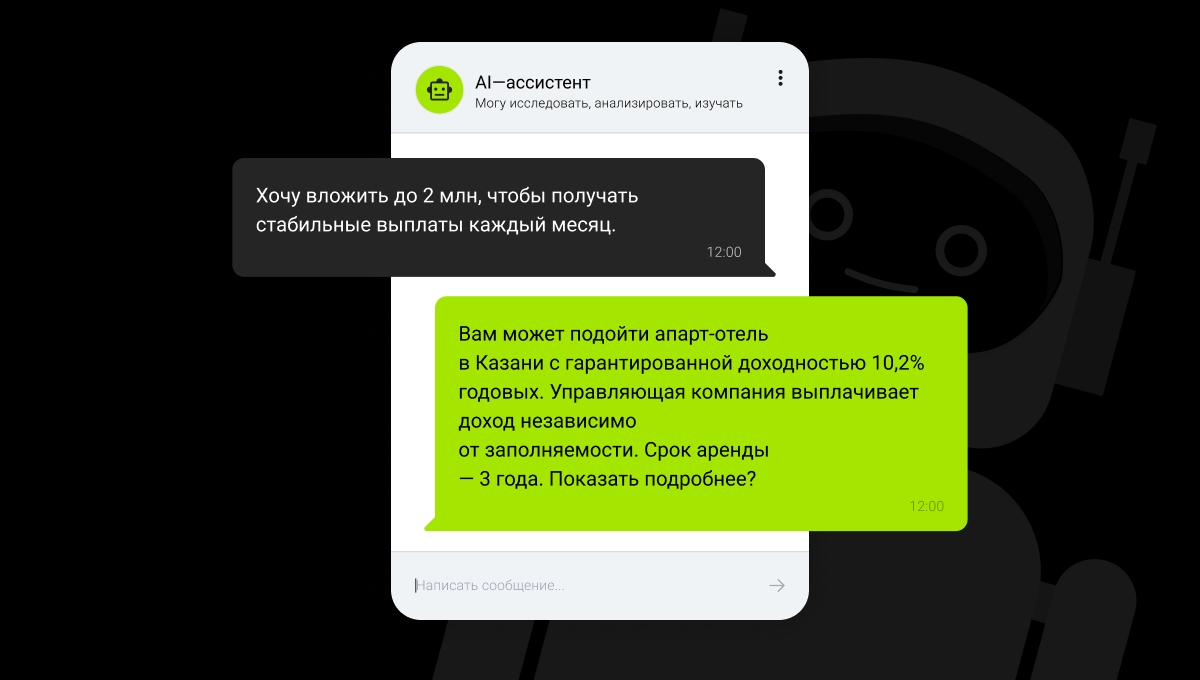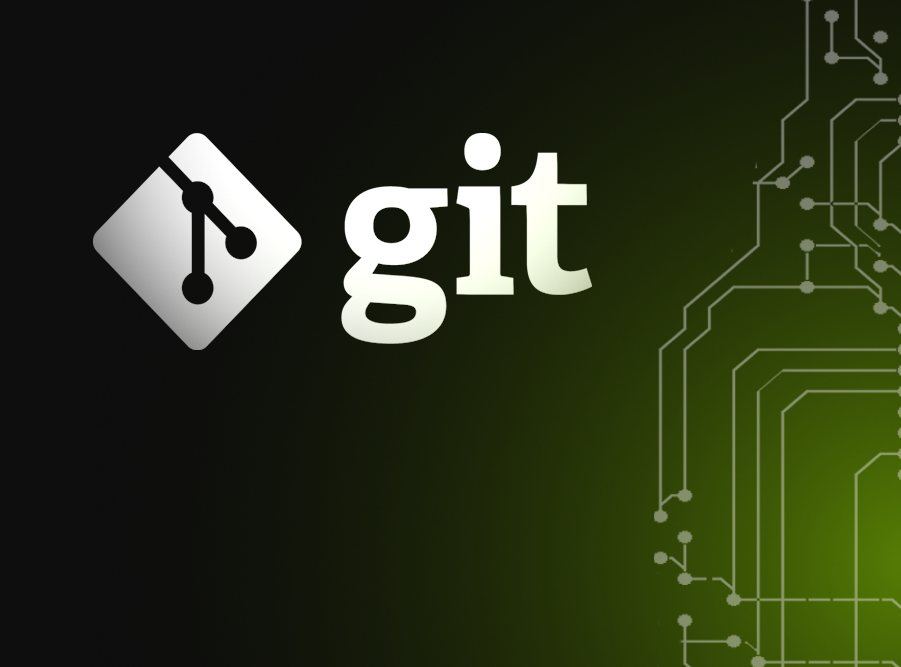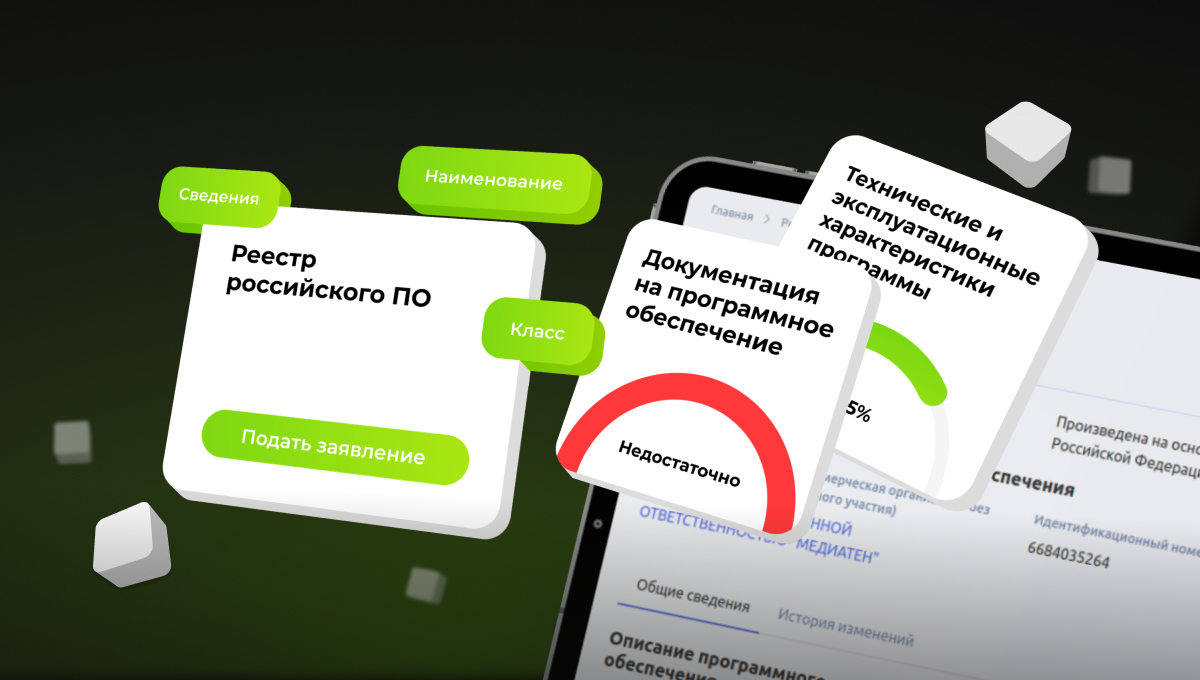From content generation to predictive analytics, from chatbots to sophisticated pattern recognition systems, AI seems to be capable of anything. With news of new breakthroughs emerging every day, it naturally fuels the interest of entrepreneurs.
However, as is often the case with new and rapidly developing technologies, there are many myths, misunderstandings, and sometimes unrealistic expectations surrounding AI.
Clients come to us with a wide variety of ideas, inspired by the latest news, successful cases of large corporations, or videos they've seen online. But what happens when these ambitious ideas are confronted with the harsh reality of development, budgets, deadlines, and technical limitations?
In this article, we will share our experience by analyzing several real-life client requests. We will discuss the types of tasks we are asked to solve, the challenges that arise, and why sometimes even the most interesting projects do not reach completion. Our goal is to help you, as entrepreneurs and leaders, better understand the process of developing AI solutions, assess their cost and timeframe realistically, and avoid common mistakes on the path to successfully implementing AI in your business.
Three facets of AI Development Requests

Our experience shows that every AI project is unique, but there are common patterns in customer requests and difficulties that arise. Let's explore some real-life situations that we have encountered at MediaTen.
Case #1. AI Psychologist: When Ambitions Collide with a Budget
This case study clearly demonstrates how an impressive idea can face the harsh reality of cost and complexity in implementation.
The essence of the request
We were approached by a client with a very ambitious idea: to develop a full-fledged software AI psychologist. It is important to note that the request was not limited to creating a minimum viable product (MVP), but rather aimed to develop a ready-to-use, fully functional product. The client envisioned this solution as more than just a chatbot; it was a comprehensive digital assistant for users, capable of engaging in dialogue, analyzing their condition, and providing support.
Key requirements
- Functionality: the system had to work with the user's communication history, using vector databases for efficient storage and retrieval of information. It also required session management, event monitoring with notifications to administrators about critical situations, a full-fledged subscription and payment system, as well as an OpenAI API connection for generating responses.
- Interface: Telegram was chosen as the main communication channel, which would provide a wide audience reach. For administrators, a user-friendly control panel was envisioned, with the possibility of using Metabase for analytical reports and dashboards.
- Payment mechanisms: At the initial stage, the client intended to pay via cryptocurrency and manual transfer to a card. In the future, integration with major payment systems such as YuKassa, Robokassa, Stripe was planned.
- Legal status: the project was supposed to start as a self-employed person, with subsequent legal registration as an individual entrepreneur.
- Desired deadlines: the client set a rather tight deadline of 3-4 months.
- Budget: At the time of the request, the project budget had not been determined, and Mark was collecting estimates from several companies.
The MediaTen proposal and why it was so
After a thorough analysis of the request and evaluation of all requirements, we prepared a commercial offer. We estimated the project's implementation time at 16-18 weeks, which exceeded the client's expectations. The budget was in the range of 2.3-2.5 million rubles. Additionally, we provided an estimated amount for monthly support and infrastructure, ranging from 30,000 rubles per month for OpenAI API and servers to 50,000 rubles per month for support and updates. We also honestly clarified that many stages were estimated with a safety margin, as we did not have an exact technical specification.
Reasons for the client's refusal and conclusions
Unfortunately, the deal did not take place. The client refused to cooperate, citing the presence of their own team and lower market ratings.
This case study clearly demonstrates the gap between expectations and reality. Developing a complex AI system from scratch, especially with such a rich set of features, requires significant investment. Often, clients underestimate the amount of work required to:
- Integrations: connecting various APIs, payment systems, and databases.
- Data security is especially critical for a project that works with sensitive information, as is the case with AI psychology.
- Scalability: The system must be able to handle a growing number of users.
- Legal and ethical aspects: working with personal data, issues of responsibility and ethics in the field of mental health.
- Offers that are "4 times cheaper" often hide either an incomplete understanding of the scope of work, the use of ready-made solutions that are not always suitable, or a lack of proper quality and support. As a result, such "savings" can lead to serious problems in later stages.
Case #2. Information system with an AI assistant: choosing between custom and ready-made solutions
This request showed how customers balance between the desire for a unique solution and the need to save money.
The essence of the request
Alpha X Company approached us with a request to develop an information system that includes an AI assistant. The client provided a ready-made technical specification, asking us to estimate the cost and time required for implementation from the moment the specification was approved until the launch. This was a detailed request, which made it easier to estimate the project.
The course of the interaction
We organized a call to clarify the details of the request and create a commercial offer. After we sent the commercial offer, the client informed us that they were also considering other proposals, including "boxed" solutions. For example, ready-made CRM systems or platforms for creating AI-powered chatbots. The main criteria for their selection were price, timeframe, and feedback. Alpha X also expressed potential interest in hybrid solutions that combined both ready-made systems and customized modifications.
An attempt to adapt the offer
The client explicitly stated that our estimate of 2.1-2.3 million rubles was "expensive" for them, and they were indeed considering the possibility of adapting ready-made solutions. However, they were unable to provide even a rough budget, as they claimed to be guided by market conditions. This is a common situation where clients seek an "average temperature" without having clear internal guidelines.
MediaTen's Final offer
Since it was difficult to use boxed solutions without a clear understanding of their applicability to the client's specific requirements, we suggested starting with a technical specification. This technical specification would be a universal document that:
- I would detail all the chatbot's functions.
- It would include a database schema.
- It would contain an analysis of the necessary integrations and APIs.
- It could be used for development by any team, including the client's own team, or for adapting ready-made solutions.
We estimated the cost of developing such a technical specification at 240,000 rubles, with a completion time of about 1 month.
Result
The client declined the proposal to develop the technical specifications and informed us that they had made a decision in favor of Bitrix. The client did not provide any details about the implementation, although we were interested in what the final solution on this platform would look like. This case study demonstrates that many clients are seeking the best value for their money. With uncertain budgets, off-the-shelf solutions can be an attractive alternative to custom development. However, while Bitrix is a powerful platform, it may not always fully meet specific needs, particularly in terms of deep AI integration and unique logic. Not having a detailed requirements document often leads to increased risks, rework, and potential issues later in the project when it turns out that the “box” is not quite right. Investing in a requirements document is an investment in the clarity and predictability of the project.
Case #3. Process Automation with Bots: From Idea to MVP
This case study is particularly interesting because it shows how external sources of information shape customer expectations and why it is important to conduct in-depth needs analysis.
The essence of the request
We were approached by a representative of Beta X, a company that provides reference and mapping data, as well as advertising services. At the time of their request, the company did not have a CRM system, and all processes were conducted in Excel, Word, and partially on paper. They had their own server, but its capacity was insufficient for large-scale AI solutions. However, they were willing to host their bots with us, with the potential for future scaling.
Goal
Automation of key processes using specialized bots, reducing the workload on employees, and increasing the accuracy and speed of routine operations.
Necessary bots
1. A bot for analyzing employee calls:
- Integration with IP telephony is provided by Elastix.
- Support for 2 languages.
- Recognition of recordings, identification of filler words, duration, and frequency of calls.
- Advanced analysis: emotions, tone, and context.
- Employee reports — an example call was provided for analysis.
2. HR bot for the employee base:
- Storage and management of information: vacations, orders, seniority, sick leaves, etc.
- Calculation of the remaining vacation days.
- Processing of document scans (PDF, images): passports, orders, and service records.
- Extracting information from scans and saving it in a database.
- Processing of audio, for example, explanations in voice format. Storage of data in its own database, available upon request.
3. Knowledge Verification Bot:
- Downloading training materials: PDF, HTML, Word.
- Automatic generation of 100+ questions.
- A test consisting of 20 random questions.
- Result output: passed / failed, reports for the manager.
- Support for a multi-level certification system (every 3 months).
4. A recruitment bot:
- Speech recognition from audio recordings of interviews.
- Making summaries of key points.
- Comparison with reference criteria for the position.
- Distribution of candidates by department: commerce, production, etc.
Architecture and approach
The client preferred separate bots, but with the possibility of their subsequent integration. In the long term, a single portal with an access rights system and dialog boxes (supporting images and audio) was considered. The company was ready to proceed in stages, starting with the most priority solutions and creating an MVP to test its effectiveness.
MediaTen budget and Solution
The client did not specify a specific budget. We have preliminarily estimated the two first bots (call analysis + HR bot) at 3.2 million rubles with an interface, or 2.4 million rubles without an interface. We have also indicated that it is advisable to use ready-made solutions for speech recognition, such as Yandex SpeechKit, which costs about 2 rubles per minute of conversation.
Result
The representative of "Beta X" was very interested in our proposal and sent it to the technical director for evaluation. However, after collecting all the commercial proposals and internal discussions with the management, it was decided that the focus would now shift to other things, and that it would be "expensive" to do so.
Customers often see beautiful presentations of ready-made solutions or SaaS platforms, but they don't realize the complexity and cost of adapting them to their unique business processes, integrating them with existing systems, and developing custom logic. A step-by-step approach with an MVP is the right strategy, but even that requires significant investment. The expectations created by advertising videos can greatly distort the perception of the actual cost of development, especially when it comes to complex AI-based solutions. Very often, if a company is not ready to transform its processes and does not have a clearly allocated budget, even the most brilliant idea may remain unimplemented.
Market and customer query analysis

Based on these cases and our extensive experience at MediaTen, we can identify several key trends and challenges faced by both customers and developers in the AI development market:
- High expectations vs. reality:
This is perhaps the most common problem. Customers, inspired by the success of major players and the capabilities of general AI models (ChatGPT, Midjourney, Stable Diffusion), expect similar functionality for their specific tasks at a relatively low cost. However, they often underestimate the complexity and time required to create custom AI solutions, which involve not only algorithms but also data collection and preparation, integrations, security measures, testing, and support.
- Budget uncertainty:
Many clients come with interesting ideas, but without a clear idea of the budget. They "go by the market," which makes it difficult to formulate an adequate proposal and make a decision. However, the "market price" is highly dependent on the specifics, complexity, required quality, and uniqueness of the project. The lack of a budget often leads to the project being put on hold or rejected.
- Own teams and "cheap" offers:
Some clients have their own IT teams that can take on the project, or they receive significantly lower estimates from freelancers or small studios. However, this "savings" often lead to problems with quality, deadlines, support, scalability, and long-term sustainability of the solution. The low price may mask a lack of experience, incomplete understanding of the scope of work, or the use of outdated approaches.
- Preference for "out-of-the-box" solutions:
With limited budgets and tight deadlines, clients often turn to pre-built platforms (Bitrix, various SaaS services), even if they do not fully cover their unique needs. While this can be a good starting point, these solutions often require significant customization or compromises, which can lead to additional costs or dissatisfaction with the outcome.
- Underestimating the cost and importance of TK:
Many clients consider the development of a Technical Specification to be an unnecessary waste of time and money, preferring to start development immediately. This is a huge mistake. The absence of a detailed Technical Specification leads to vague requirements, constant changes in the process, rework, conflicts, and, as a result, increased overall costs and deadlines. The Technical Specification is the foundation of the project, an investment in its successful completion.
- The impact of hype and information noise:
YouTube videos, articles in popular publications, and demonstrations of new AI tools create a desire in customers to “do the same,” but without a deep understanding of the internal mechanisms, real costs, and necessary resources. This creates unrealistic expectations in terms of timing and cost.
- The need for business transformation:
Often, the request for AI is just the tip of the iceberg. Successful AI integration requires not only technical solutions, but also profound changes in business processes and, sometimes, in corporate culture. Without a willingness to make these changes, even the most advanced AI solution may be ineffective.
How to avoid mistakes when implementing AI

Implementing AI in business is not only a technological but also a strategic step. To ensure its success, it is important to approach it consciously and avoid common mistakes. Here are our recommendations:
- Clearly define your goals and objectives.
Before contacting developers, ask yourself the following questions: What exactly do you want to automate, improve, or change with the help of AI? What specific business problem should the new AI solution solve? The more specific your goals are (for example, "reduce application processing time by 30%," "increase lead conversion by 15%"), the easier it will be for developers to provide an appropriate solution and evaluate its effectiveness. - Don't be afraid of the Technical Specifications — this is your investment.
Many clients perceive the development of a technical specification as an unnecessary waste of money and time. In fact, a detailed technical specification is your main project control tool. It describes the functionality, technologies, integrations, and security and performance requirements. A technical specification protects you from "dilution" of requirements, overwork, and conflicts. It is an investment that pays off multiple times over, ensuring predictability and transparency throughout the entire development process. - Consider the real cost: AI is not always cheap.
Custom AI development is usually expensive. Consider not only the cost of development itself, but also: Data cost: collecting, labeling, and preparing data for model training. Infrastructure: servers, cloud resources, and GPUs for model training and operation. API cost: using third-party AI services (such as OpenAI API, Yandex SpeechKit) may be paid. Support and maintenance: regularly updating models, fixing errors, and scaling. Staff training and adaptation: your employees need to be able to work with new systems. Be prepared for the fact that a high-quality AI solution requires significant financial investment. - Consider hybrid solutions and MVPs.
You don't always need to start from scratch. You may be able to solve some of your problems using pre-built APIs, out-of-the-box solutions, or existing platforms, and then customize them to meet your needs. The ideal approach is to start with a minimum viable product (MVP). This allows you to quickly test your hypotheses, gather feedback, evaluate the real value of your solution, and then scale it as needed. MVP helps reduce risks and optimize your budget. - Study the market, but trust the experts.
Advertising videos and articles often show a perfect picture, but they don't reveal all the hidden pitfalls. Research the market, compare offers, but be critical. Professional developers like MediaTen can provide you with a realistic assessment based on their expertise and deep understanding of technology. We can help you distinguish between real opportunities and marketing promises. - Be prepared for change: AI is not just about technology.
Implementing AI is not just about installing new software. It often requires transforming existing business processes, changing work approaches, and sometimes even restructuring the entire corporate culture. Without a willingness to adapt, even the most advanced AI solution may not be effective. The success of an AI project depends heavily on the company's readiness to change.
The future is here, but approach it wisely

Artificial intelligence is a powerful tool that can dramatically improve your business. It can automate routine tasks, increase accuracy, reduce costs, and open up new opportunities for growth. However, like any powerful tool, AI requires a well-thought-out approach.
Don't let hype or tempting but unrealistic offers mislead you. Approach AI implementation with a well-thought-out strategy, clear goals, and a willingness to invest in quality and reliability.
Tell us about your idea! We believe that every ambitious AI idea deserves to become a successful project. If you're looking for a reliable partner who can help you understand the details and build a working solution that brings real value to your business, we'd love to discuss your challenges and opportunities.





